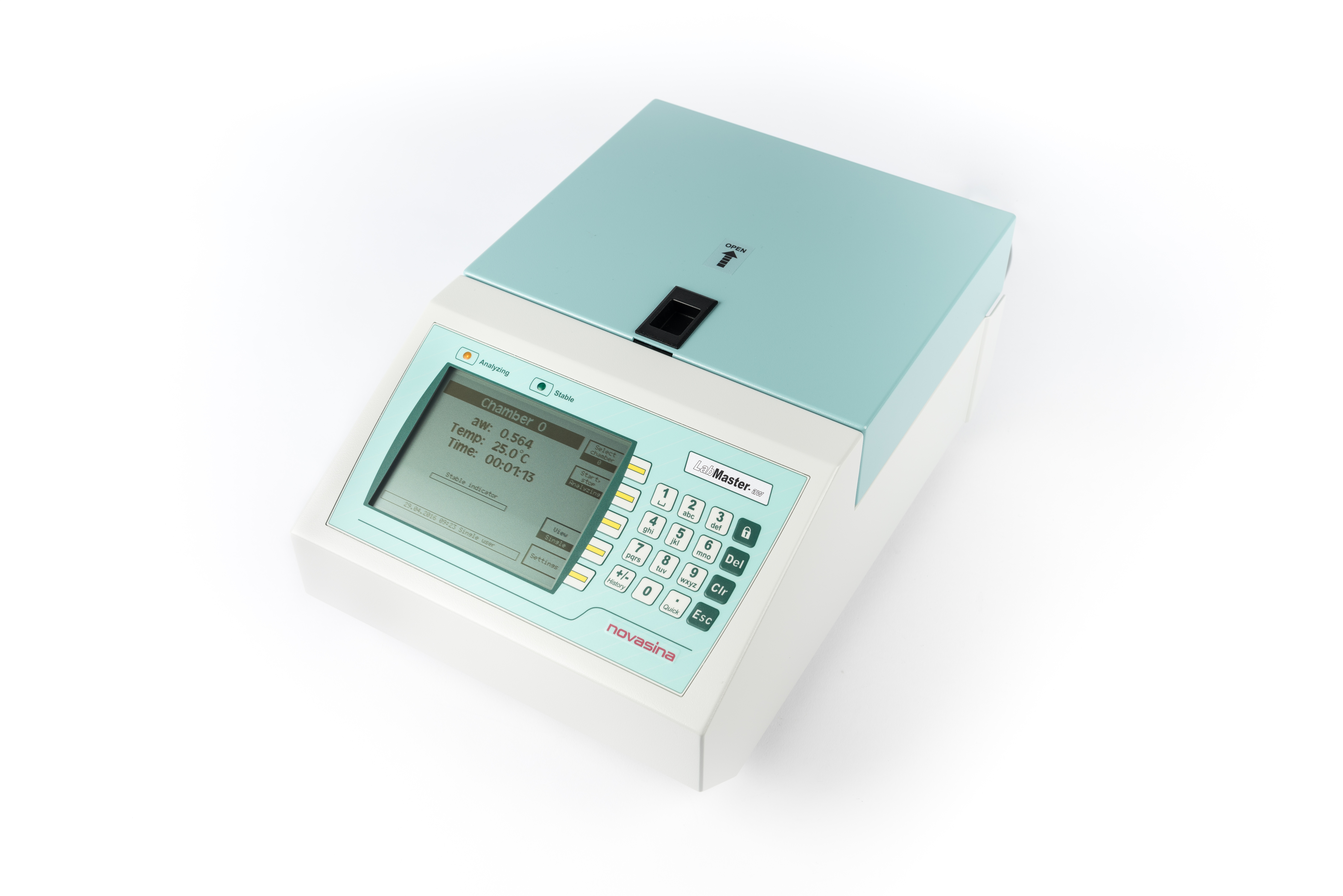

It is the sum of four consecutive primes: 103 + 107 + 109 + 113. In any case, 432 is an interesting number for several reasons. Lots of websites claim that 432 Hz is a "universal" frequency. If you’re into some slightly nerdier math, it’s an excellent place to start learning about Maria Renold’s 12T5 tuning, or how our A440 equal temperament system works in general. This website does a much better job of explaining the math than I would ever be able to. Giuseppe Verdi, an Italian composer of the 19th century, advocated heavily for the use of this tuning, as does the Schiller Institute.īy using Twelve True Fifths tuning, created by author Maria Renold, there’s a way for C256 to fit on the same scale as A432. You can hear how these pitches differ, if only in the slightest sense, here. For example, The New York Philharmonic uses 442 Hz, the Boston Symphony Orchestra uses 441 Hz, and many symphonies in parts of Europe use 443 Hz or 444 Hz. This isn’t universally accepted among all orchestras. Famous composers like Mozart, Bach, and Beethoven all tuned their orchestras to a different pitch, and even when the tuning fork was invented, the note it produced differed depending on whose tuning fork was used.Īfter several attempts at remedying the difference in tuning standards between different orchestras-A435, A451, A439-the International Organization for Standardization set an international standardized pitch of 440 Hz for A4.

Named after Heinrich Hertz, who had successfully proven the existence of electromagnetic waves in 1830, the unit of “Hz” measures a cycle per second. Depending on what part of the world the orchestra is from, however, A4 could range from anywhere between 400 Hz and 480 Hz. Initially, there was no standardized pitch for instruments to tune themselves to, which meant that each orchestra would be tuning to a different pitch from one another.Įver since the 18th century, A4-the A above middle C-has been the measurement and tuning standard for Western music. Over the past few centuries, the tones that have made up western classical music have fluctuated considerably. Here, we’ll dive deep into the history of how we chose 440 Hz as the standard for tuning in the modern music world, and the increasing prominence of 432 Hz.

We’ll leave it up to you to decide whether one sounds better than the other. If you’ve ever had any of these questions, then you’ve already joined the long-standing debate between frequency standards, the most popular of which being the advocacy of 432 Hz over 440 Hz. 440 Hz is the most widely accepted tuning standard in modern music, but have you ever wondered why we tune our instruments to the frequencies that we do? How did we, as a modern society, agree on 440 Hz-A4-as our pitch standard for tuning? Is it based on mathematics or opinion?


 0 kommentar(er)
0 kommentar(er)
